Description
Bougainvillea
Bougainvillea grows as thorny vines with flowers that have thin colorful pink petals.
They are usually grown on a trellis and used to form fences on walls or as outdoor shades.
Because of their thorns and twines, they serve as a natural barricade and thus are commonly used as fencing plants.
They are extremely drought-resistant and thrive in almost any well-draining soil.
Growing bougainvillea
Choose a site with full sun and well-draining soil. Although bougie vines tolerate many types of soil, they prefer loamy soil that contains clay, sand, and silt in equal parts.
You can amend the soil with organic matter to allow nutrients to easily reach the roots. For the best bougainvillea care, select a soil with a pH of just over 6.
You don’t need to worry much about water once the plants mature. Irrigate only when the plants start to wilt and the soil is dry.
The vines do need food. Use a balanced, all-purpose fertilizer at half the normal dosage.
Pruning is a good practice if you are caring for bougainvillea in the garden.
Pinching is a gentler form of pruning that works well for bougies. Pinch off the soft, growing tips of young plant stems to encourage thicker and fuller growth.
Bougainvillea is fairly drought-tolerant once established. It prefers a good, deep watering every 3-4 weeks rather than frequent shallow waterings. When establishing (in the 1st couple of years), be sure to give your bougies regular water. Bougie is subject to a few types of root rots so don’t over-water. Well-drained soil will help prevent rot.
Pests
Aphids could be an issue on the new growth of bougainvillea. Sprayed them off with a gentle blast of the garden hose or other sprayers.
The looper caterpillar may be an issue with bougies in Arizona and California.
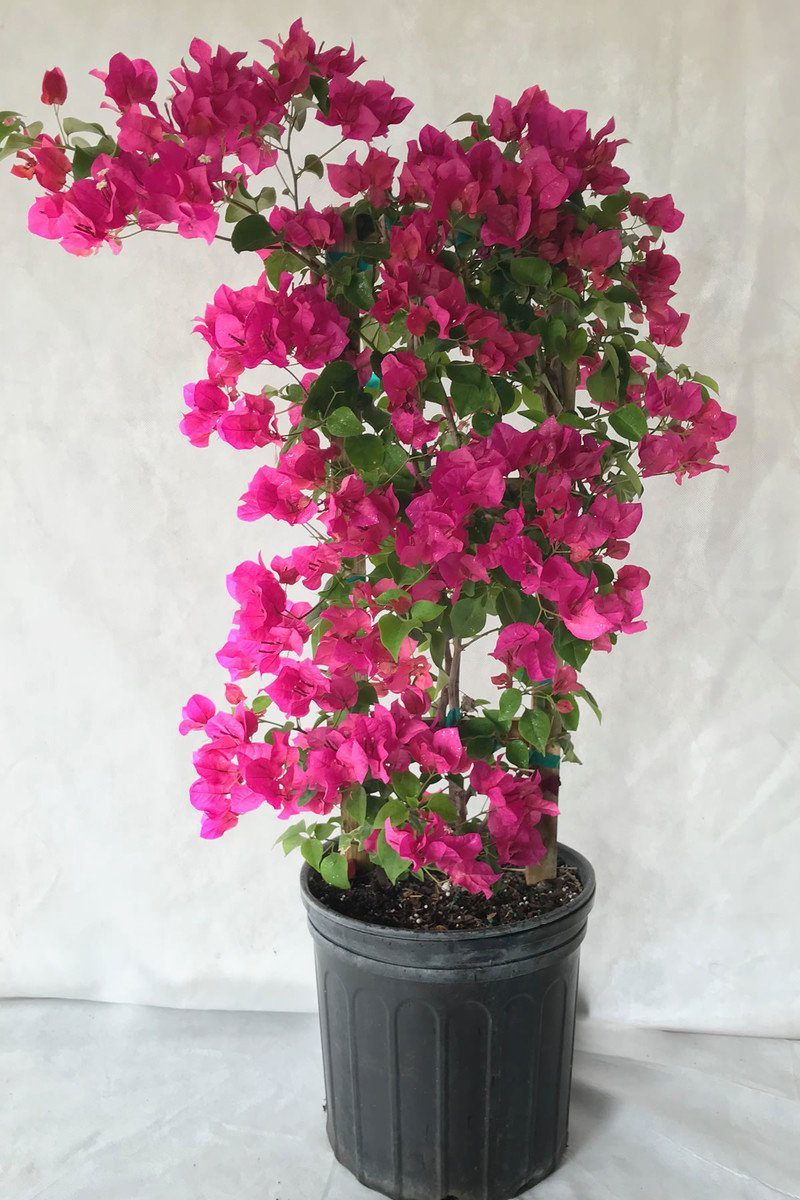
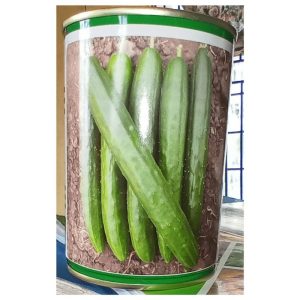
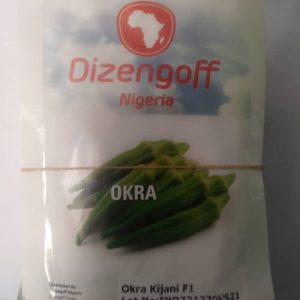


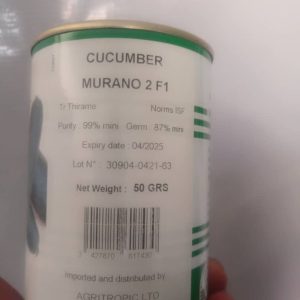
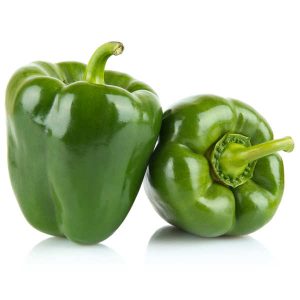
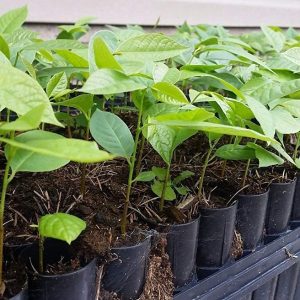
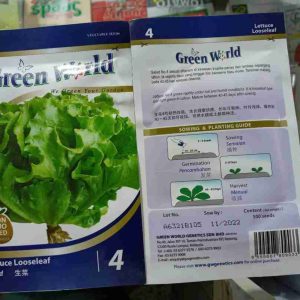
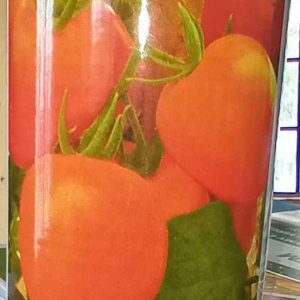
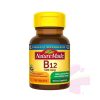
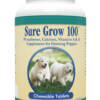







Reviews
There are no reviews yet.